Media | Articles
7 cars with recycled names
Cars should have names. They deserve them. Sure, 911, 308, and 507 are numbers that conjure up exciting cars—a Porsche, a Ferrari, and a BMW—but a name evokes the character of the car and inspires an emblem worthy of its sheetmetal. You might think of the snake’s heads used on the Mustang Cobra and Dodge Viper, or of the Lamborghini Espada’s name in script, which incorporates a sword. Like the names, these emblems aren’t strictly necessary, but they are one more way for a designer to add a flourish.
It’s not always easy to name a vehicle. Once you think you have something perfect, you’ve got to make sure that a car isn’t already using that name. Or maybe you don’t check.
We’ve found plenty of names that have been dropped by one automaker and picked up by another. Here are seven of them. If we forgot your favorite, let us know.
Chevrolet Suburban and Plymouth Suburban
Chevrolet and Plymouth have each put the Suburban nameplate on a station wagon. Plymouth used it on car-based long-roofs starting in 1949 and, after a hiatus, on Fury wagons from 1968 to ’78. The truck-based Chevrolet Suburban has been in production since 1935, making it the oldest automotive model still in production.
Marketplace
Buy and sell classics with confidence
The name was also applied to GMC’s version of the Chevrolet Cameo pickup.
Studebaker Commander and Jeep Commander
Jeep’s Grand Cherokee–based three-row off-roader used the same name as Studebaker’s long-running model line. (For even more SUV name-sharing, a submodel of the Studebaker Commander was called Land Cruiser.)
Jeep’s Commander had all of the Grand Cherokee’s proven four-wheel-drive hardware, but its proportions were a bit ungainly and its third row was cramped. It only lasted for five years, when its role was filled by the Dodge Durango.
Studebaker Daytona and Dodge Daytona
Even when Studebaker was gone, its model names lived on. Lots of them, it seems.
The Daytona, which was born as a sporty, bucket-seat option for the compact Lark, shares its name with Dodge’s one-year-only winged car that took on NASCAR superspeedways in 1969 with its wind tunnel-tuned long nose and tall wing.
In 1964, Studebaker’s entry-level Larks were dubbed Challenger. Studebaker ended production in 1966, just four years before Dodge introduced its E-body model under the same name.
In 1984, Dodge revisited the Daytona name for its FWD sports coupe.
Dodge Lancer and Mitsubishi Lancer
Dodge used the Lancer name on some of its late-’50s Coronets that employed two-tone paint options, tasteful chrome, eccentric fins, and bold taillights. They are fun and flashy, everything that people love about ’50s American cars.
Then there’s the 1961–2 Lancer, which has all the curves and fins of a full-size car crammed onto a compact wheelbase. These Mitsubishis are gaudy, yet strangely appealing.
The latter, dubbed the Colt and sold as a captive import* by Dodge, was the basis for the brand’s most beloved rally homologation model, the Evolution. Lancer production ended in 2016, foreshadowing the discontinuation of many sedans across the industry, and leaving Mitsubishi with a crossover-heavy lineup in the U.S.
*When a parent company imports an existing vehicle and sells it under the guise of a different brand. Think”rebadged.”
Muntz Jet and Hudson Jet
Unlike most of the cars on this list, these two models were built concurrently. Each Jet began production within years of the other, with Muntz using the moniker for its sleek, hand-built fiberglass convertibles beginning in 1951. Hudson used the name in 1953 and ’54.
You wouldn’t confuse the two cars, as the Hudson is a dowdy sedan that doesn’t seem worthy of such a cool name. Come to think of it, the Muntz doesn’t seem very jet-like, either.
Renault Encore and Buick Encore
If we told you the designer of the AMC Javelin collaborated with the man who penned the Citroën SM and Alpine A310, you might expect something memorable. Instead, we got the Renault Encore, a totally ordinary three-box car that was sort of cool in GTA trim yet otherwise unremarkable.
It sold well for AMC and Renault, but didn’t get an encore of its own, as Chrysler’s purchase of AMC meant the Dodge Shadow already occupied that place in the market.
Like the Renault, Buick’s Encore is powered by a variety of four-cylinder engines and isn’t terribly remarkable, either. Once the brand’s best-selling model in North America, it was discontinued for 2022.
Oldsmobile Fiesta and Ford Fiesta
Oldsmobile applied the Fiesta badge to a number of wagons over the years, and some of the hardtop varieties were striking. Any vehicle, if it has room for plenty of passengers and also happens to have a tailgate, provides the right conditions for a fiesta, but what about Ford’s subcompact hatch? There wasn’t anything to celebrate until the performance-oriented ST model debuted, and then Ford pulled the plug. Party pooper.
***
Check out the Hagerty Media homepage so you don’t miss a single story, or better yet, bookmark it. To get our best stories delivered right to your inbox, subscribe to our newsletters.
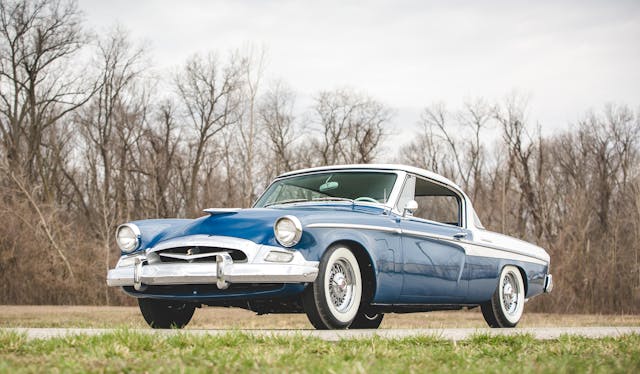

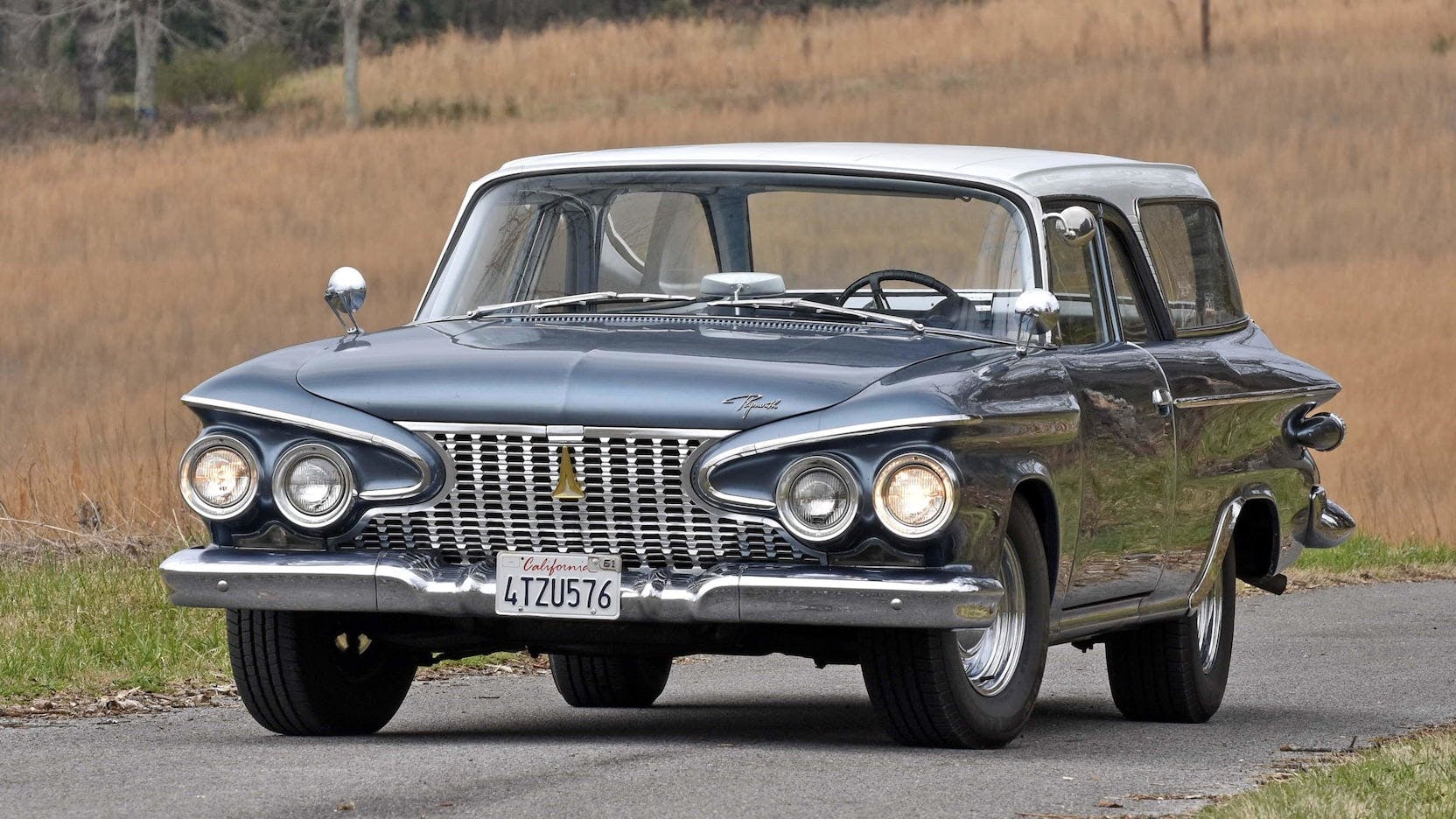
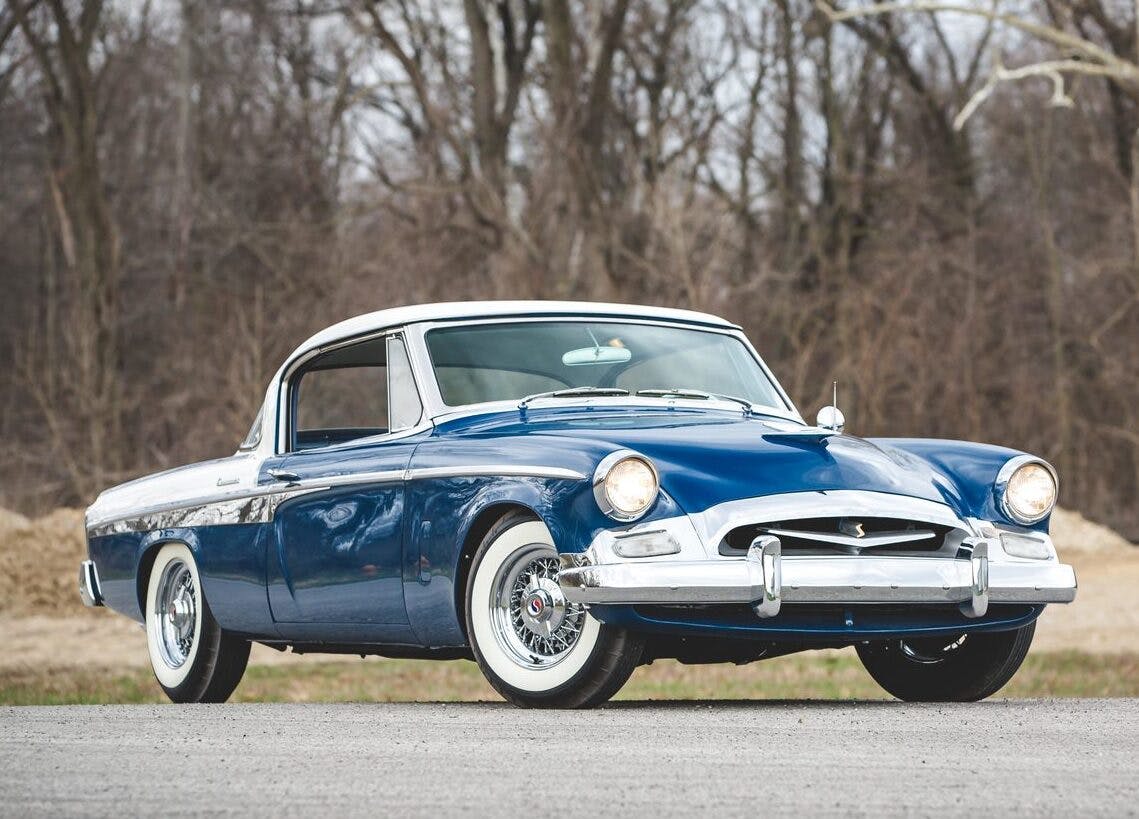
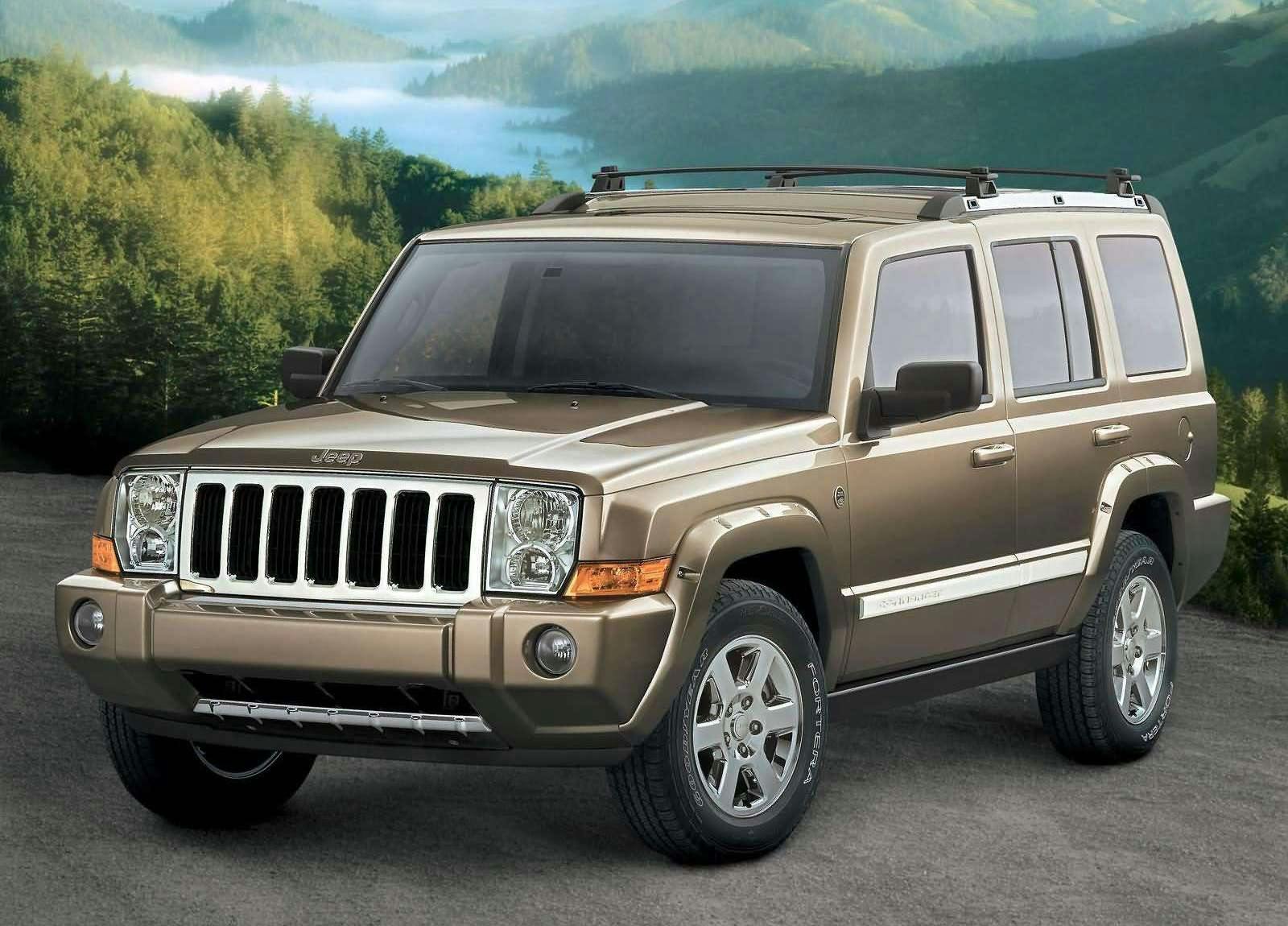
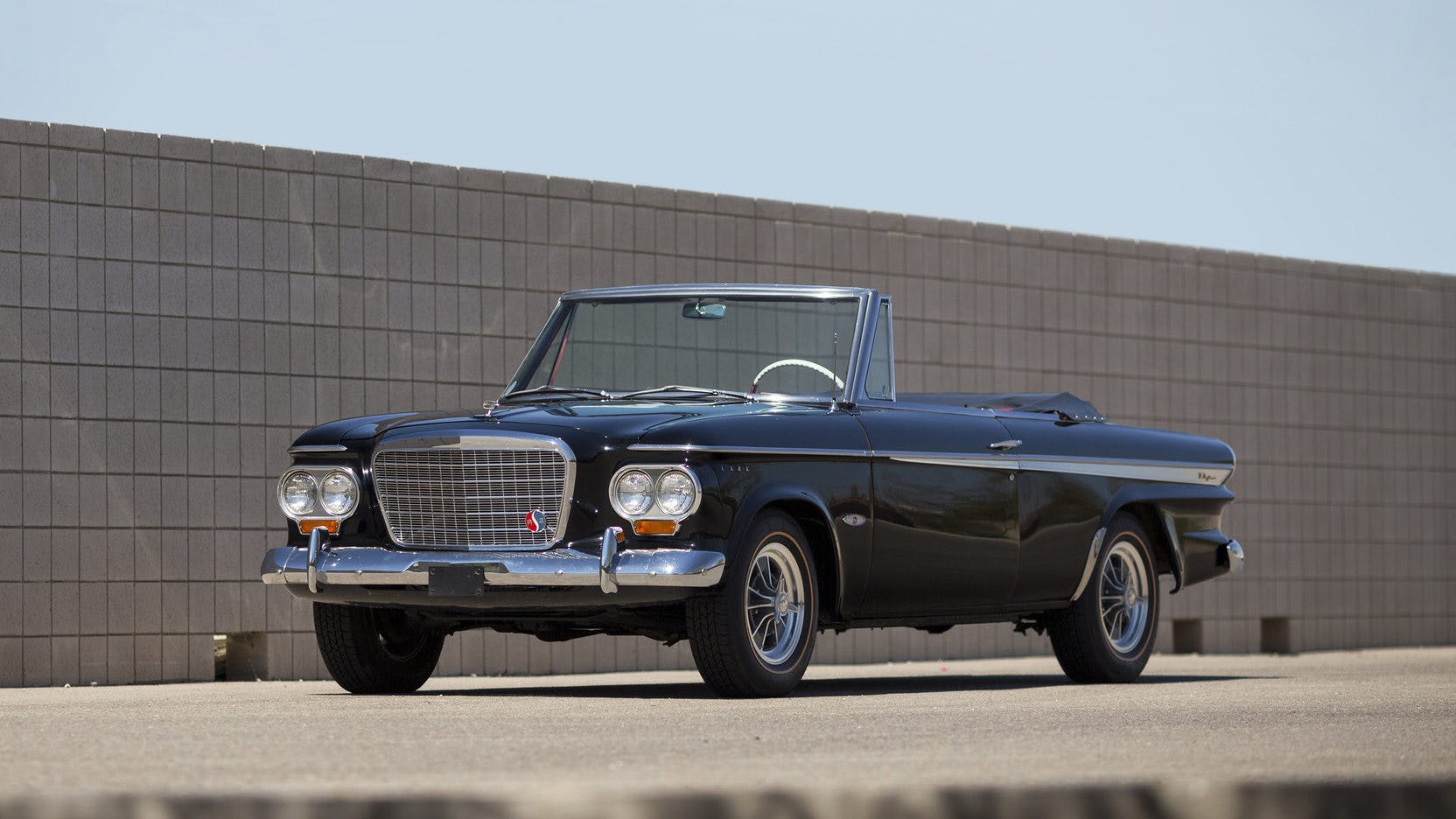
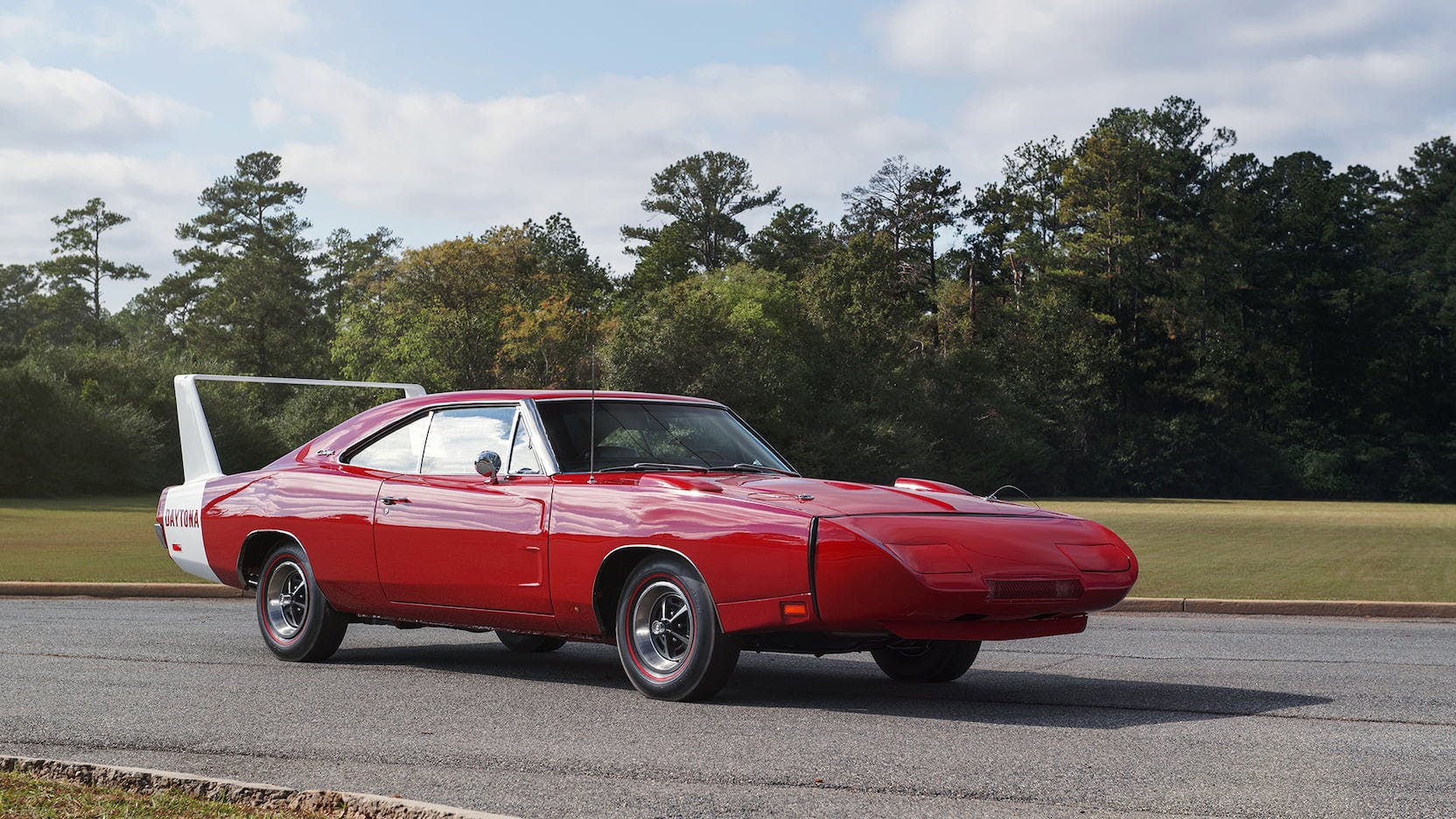
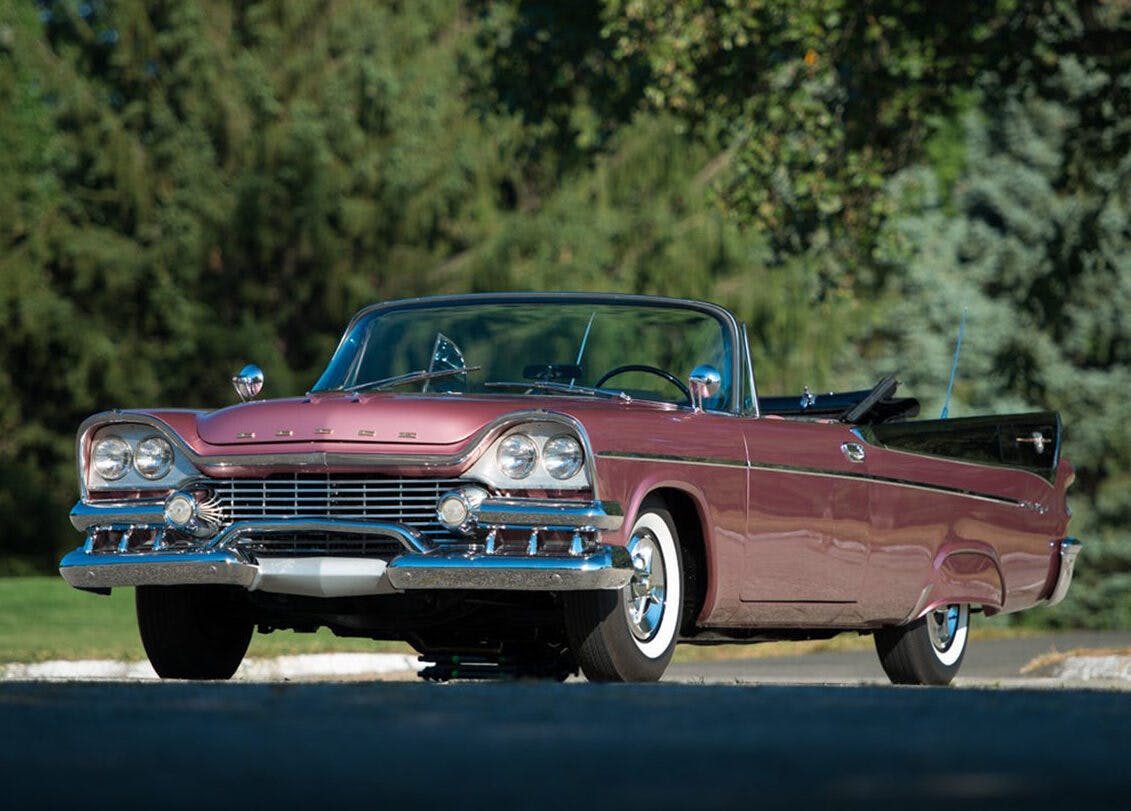
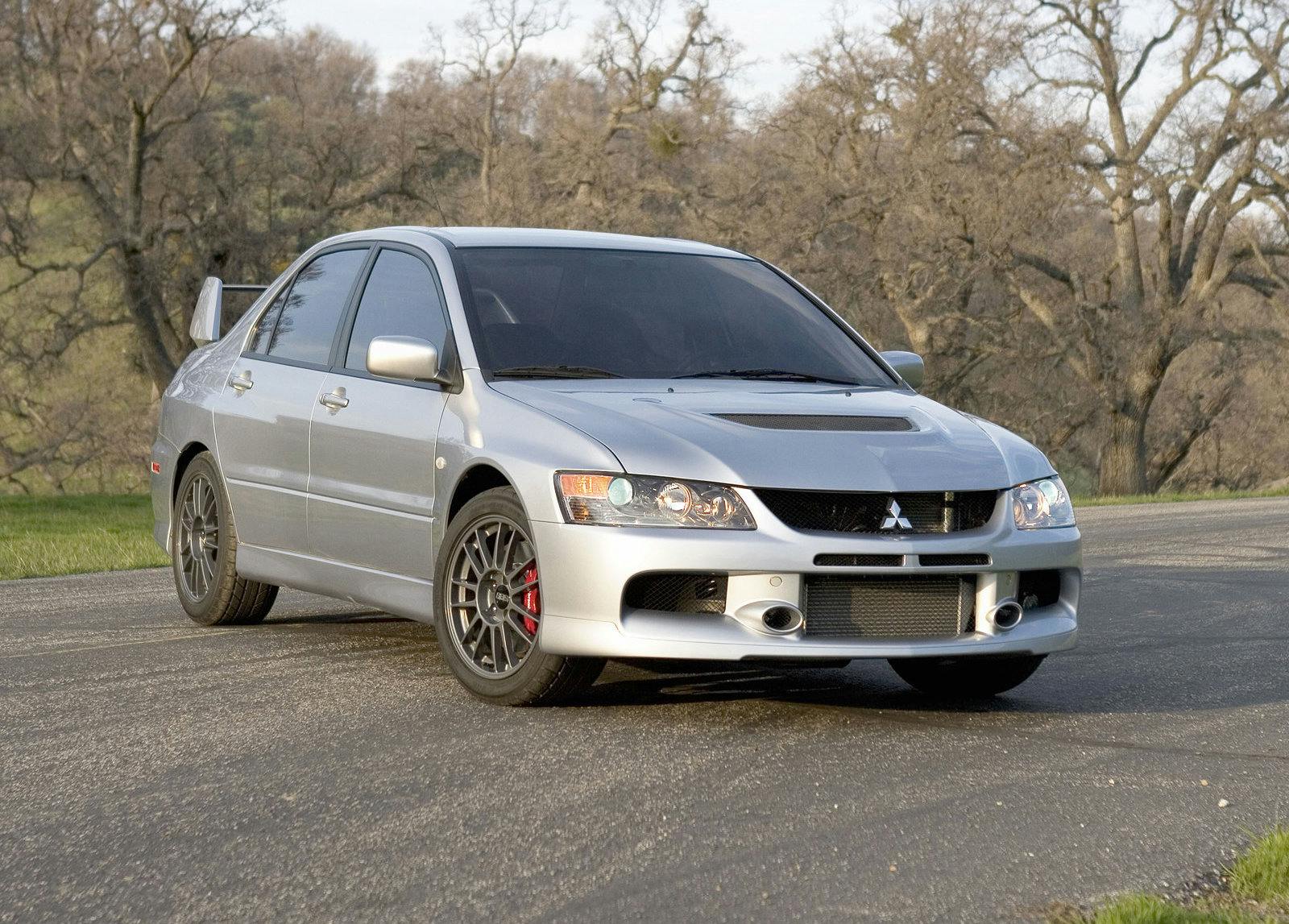
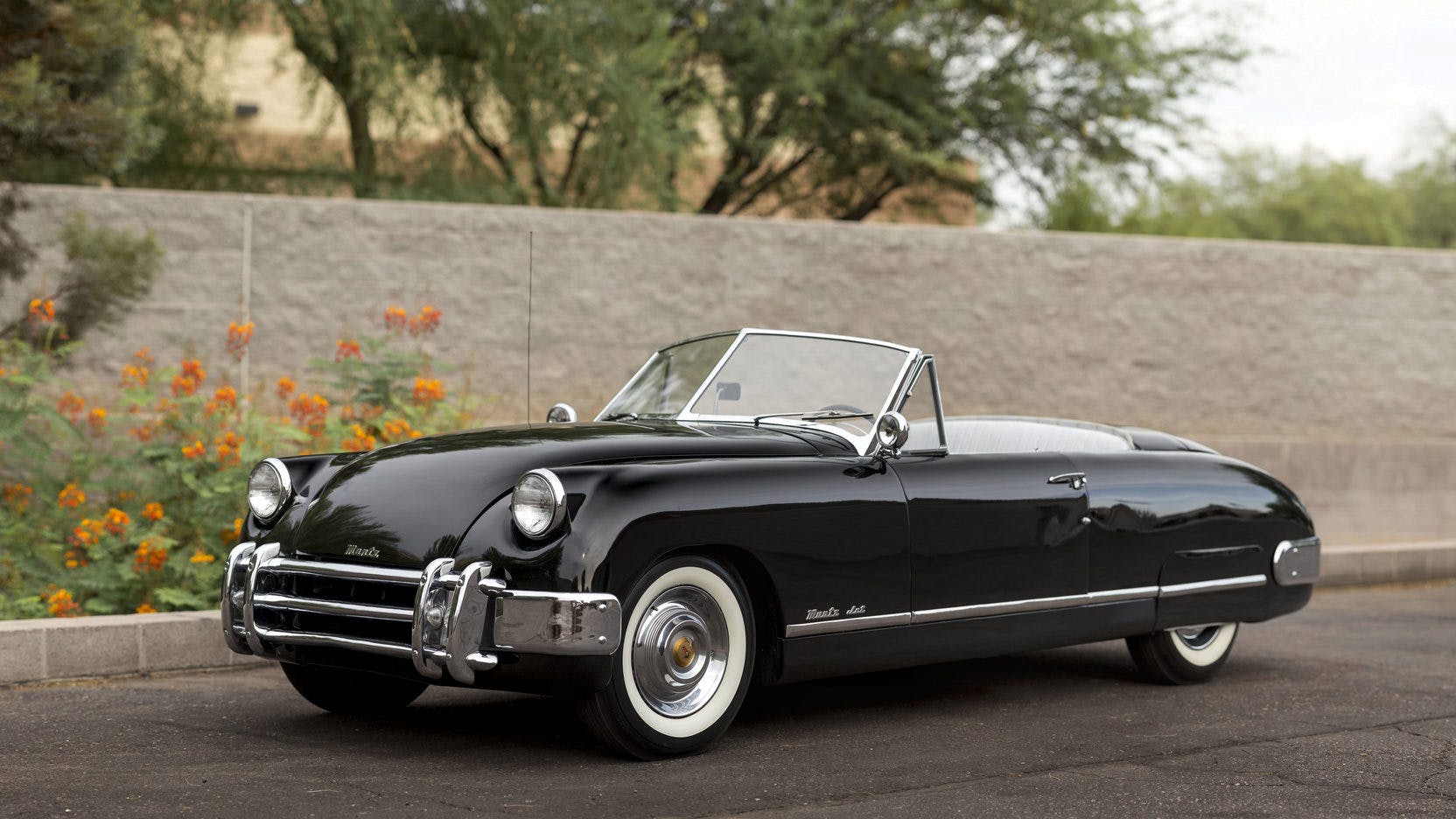
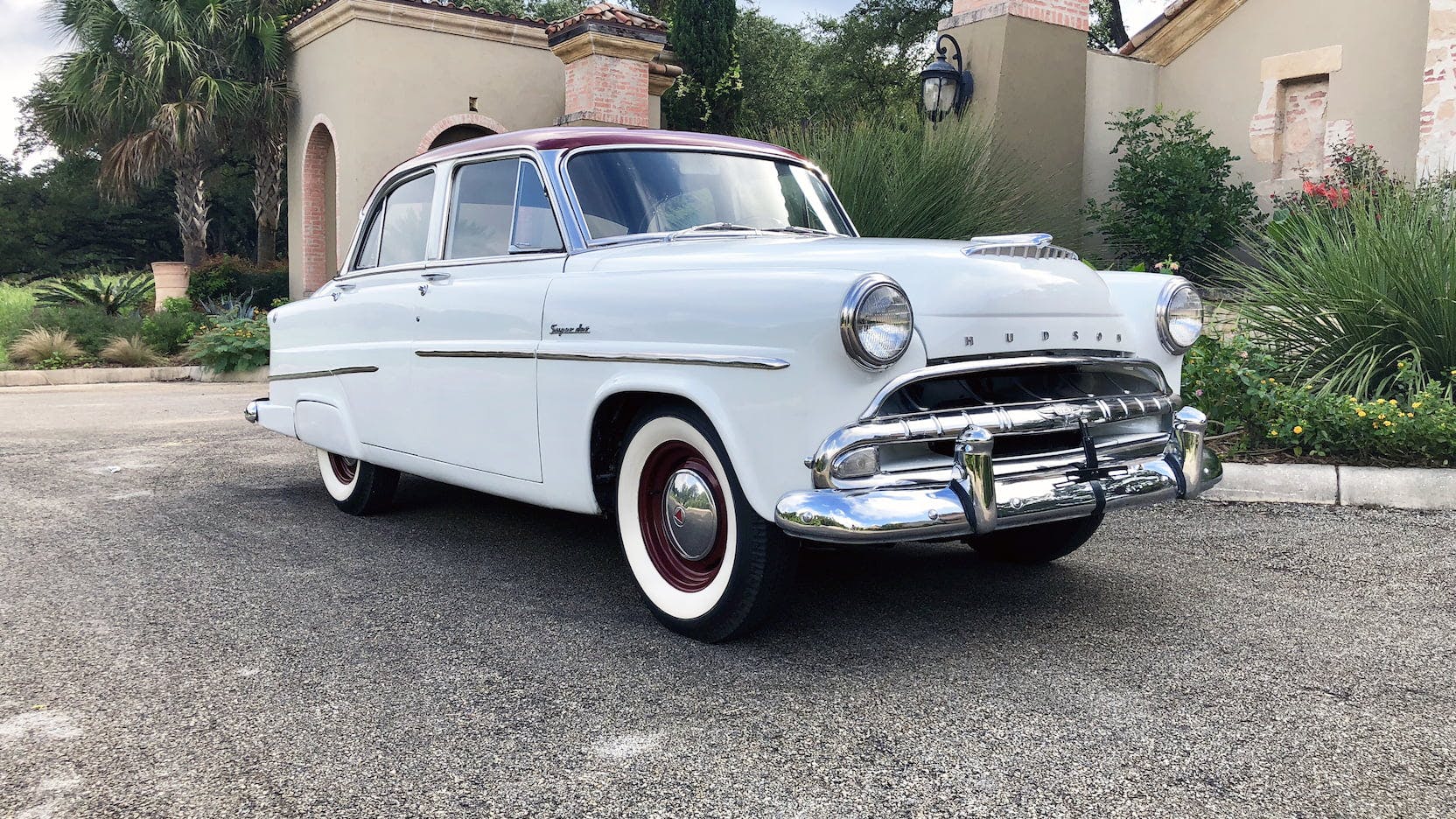
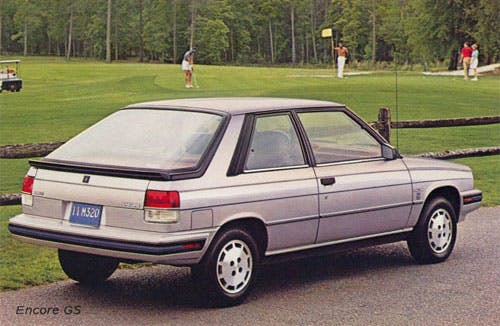
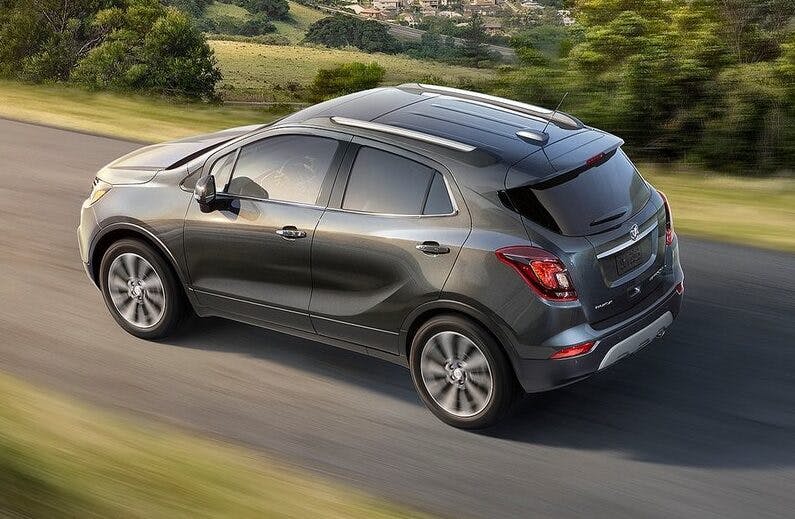
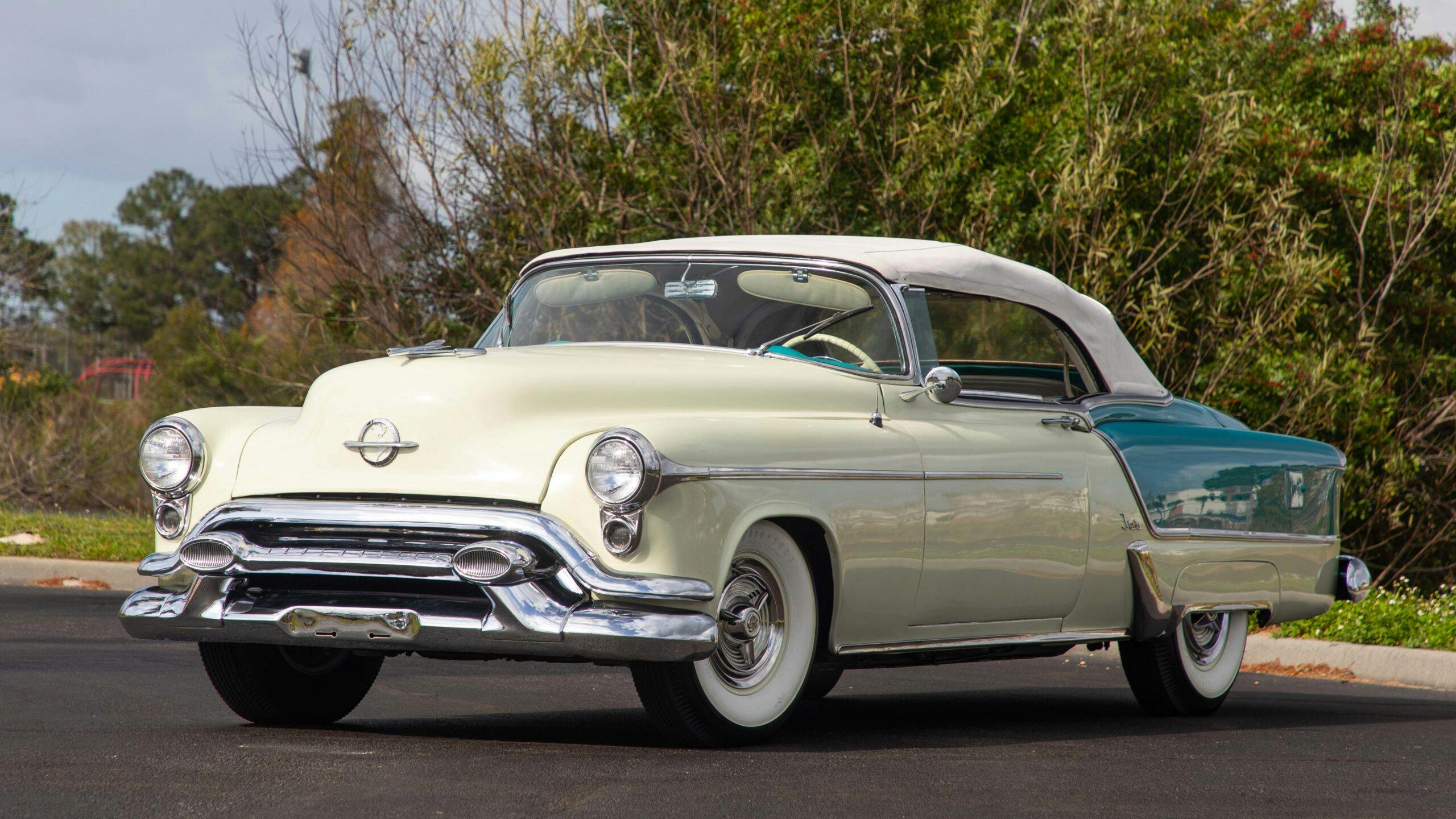
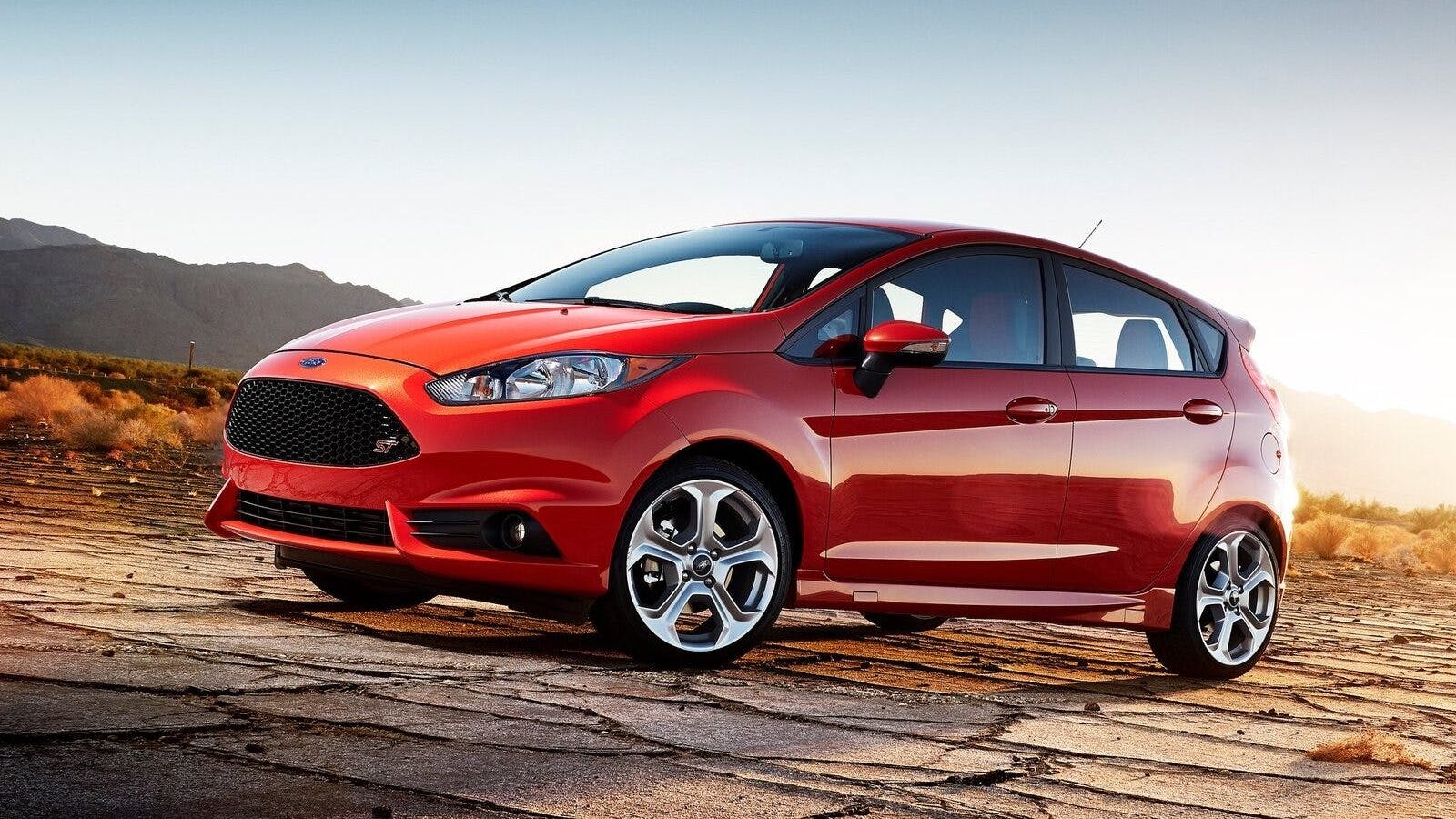

















The Buick Encore was a putrid 3/4 scale little abomination. Right down there with the Pontiac Aztec. The Renault Encore was infinitely better than either repulsive GM, not saying much.
Thankfully, no one has re-used some old names,
I’m not ready for a Ferrari Farm-O-Road or a Honda Hot-Shot.
The Renault Encore never received GTA trim — the standard Alliance two door coupe and convertible only.
Every Edsel model name was reused; Pacer was used by AMC, Ranger used for Ford trucks, Corsair was used for English Fords, Citation used by Chevrolet. And the wagons; the base model was the Villager which was used as the nameplate for the Mercury minivan and the top of the line woody was called the Bermuda which was a reuse of Willys short-lived Aero hardtops.
I am surprised at all the mention of Studebaker and nobody named the Stude Challenger, as in “Plain Brown Wrapper” of Pure Stock Muscle Car Drag Race fame. A 12 second pure stock Studebaker from 1964.
Renault Encore is 2 not 3 box car.
Conquest was a trim package of the Dodge Colt before it became the Chrysler Conquest….
Likewise, Supra was a trim package of the Celica.